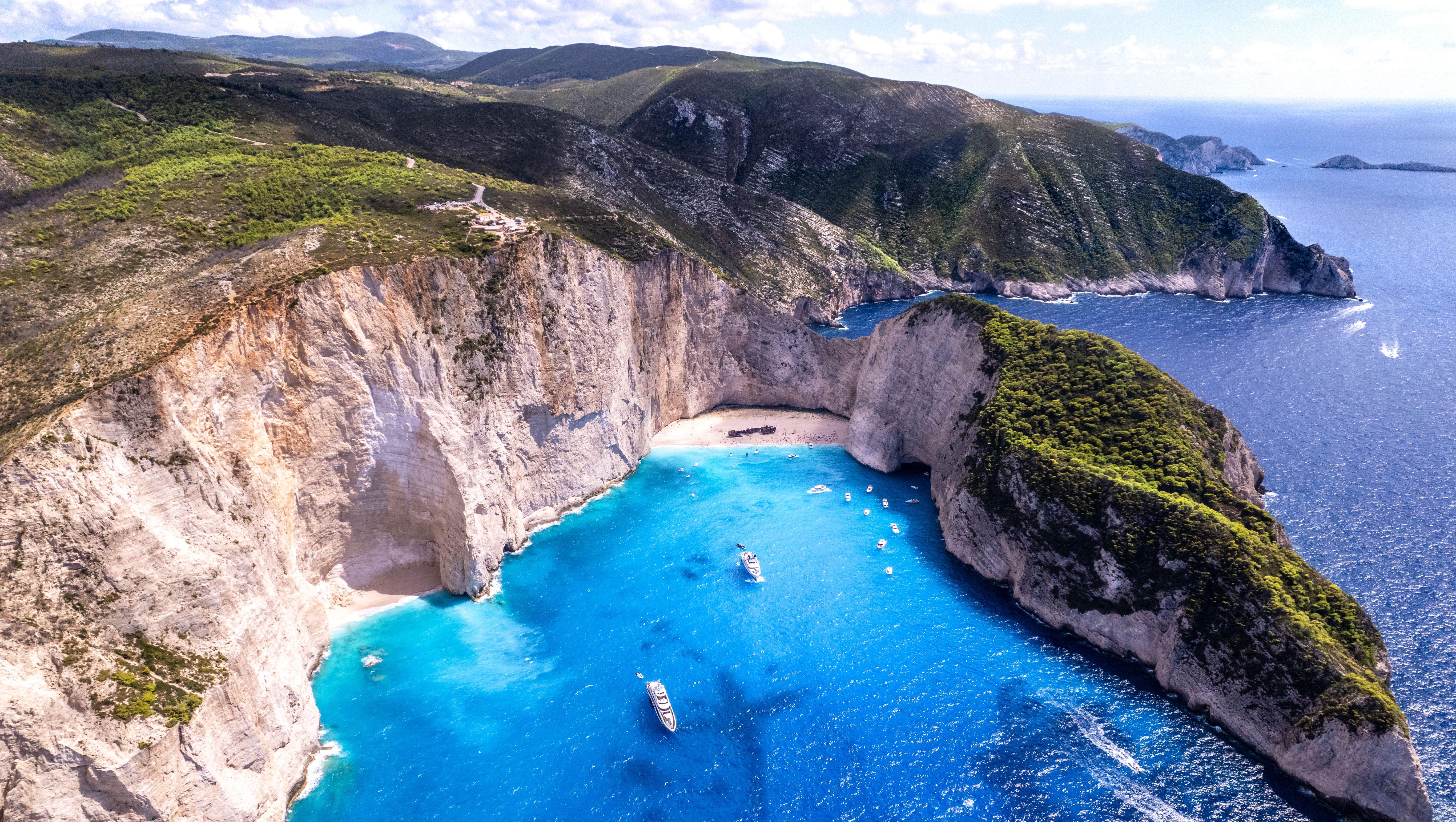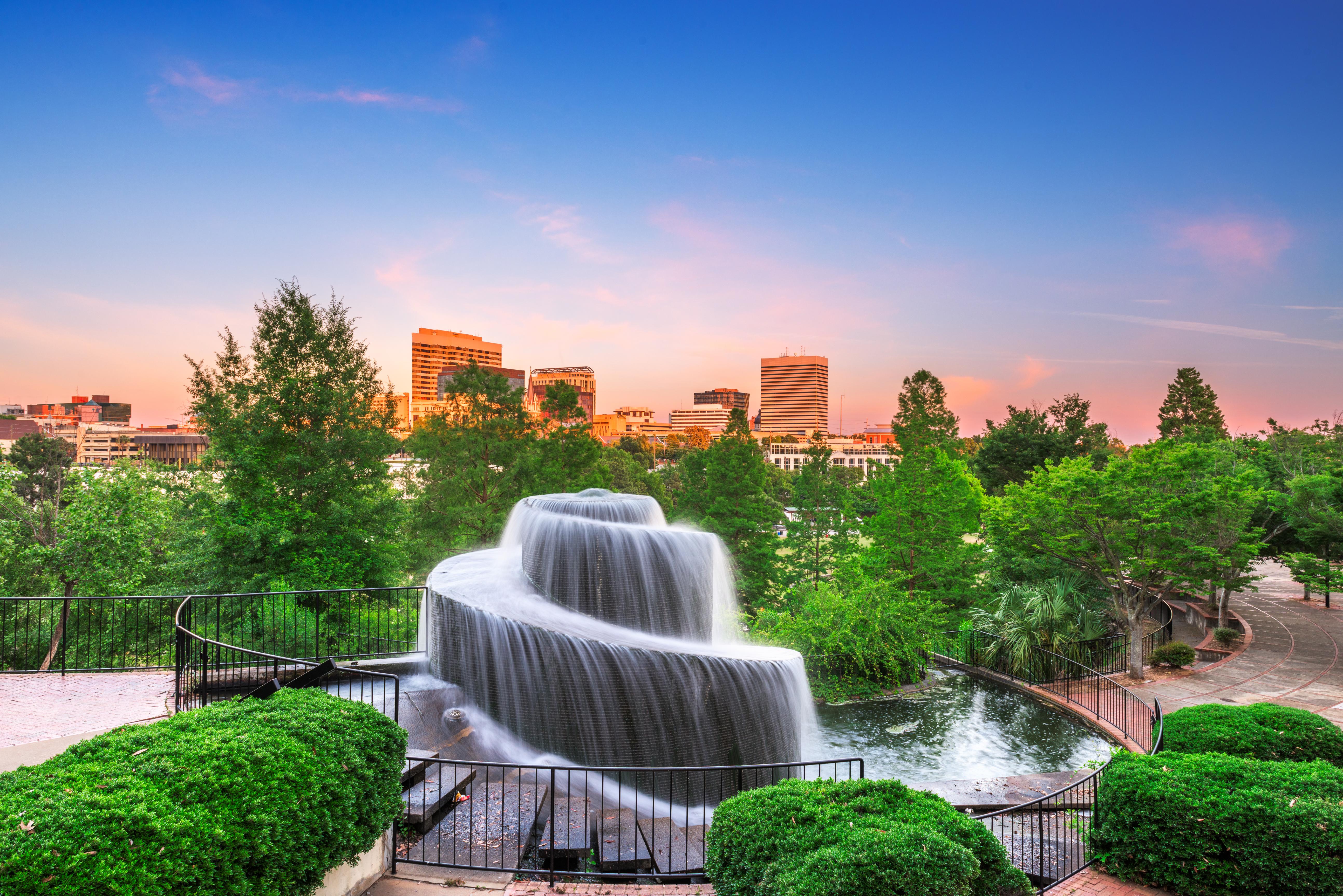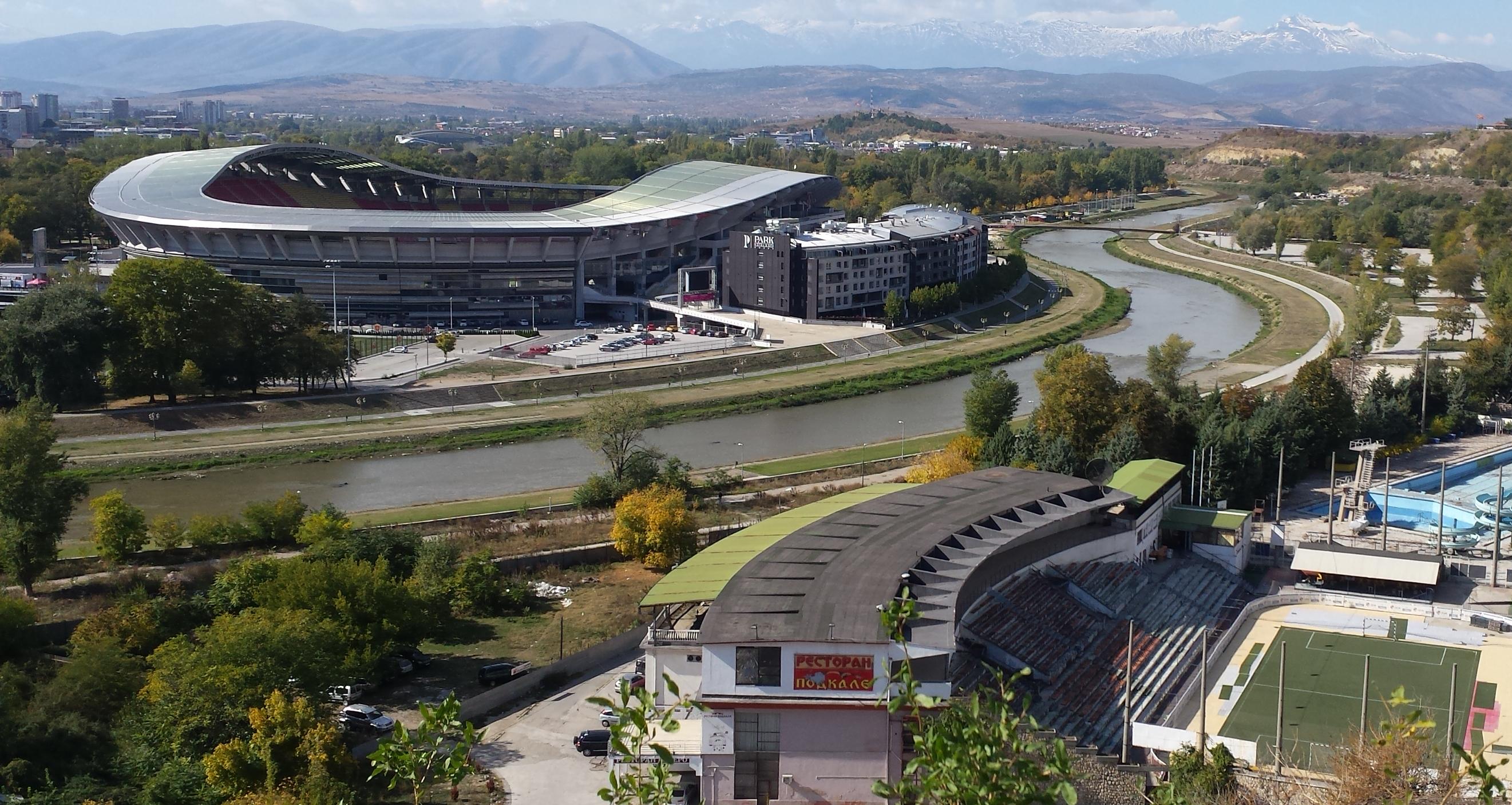21 Natural Rock Formations That Look Like They Belong on Another Planet
Some landscapes make you feel like you’ve left Earth entirely—no spaceship required. Sculpted over millions of years by wind, water, and time, these rock formations are nature’s wildest experiments. Jagged spires, gravity-defying arches, and rippling waves of stone stretch across deserts, mountains, and coastlines, looking more like science fiction sets than Earth-bound scenery. But they’re real—stunning reminders of the planet’s raw, creative force. Whether it’s a flame-colored cliff that glows at sunset or a swirling stone dune frozen mid-motion, these geological wonders transport you to a world beyond the ordinary. We've expanded our list to 21 Natural Rock Formations That Look Like They Belong on Another Planet—each one stranger, more surreal, and more spectacular than the last. This isn’t just a travel list—it’s an invitation to witness Earth's otherworldly imagination. Prepare to be humbled, awed, and maybe even a little disoriented. Because here, reality looks like a dream.
1. The Enigmatic Hoodoos of Bryce Canyon
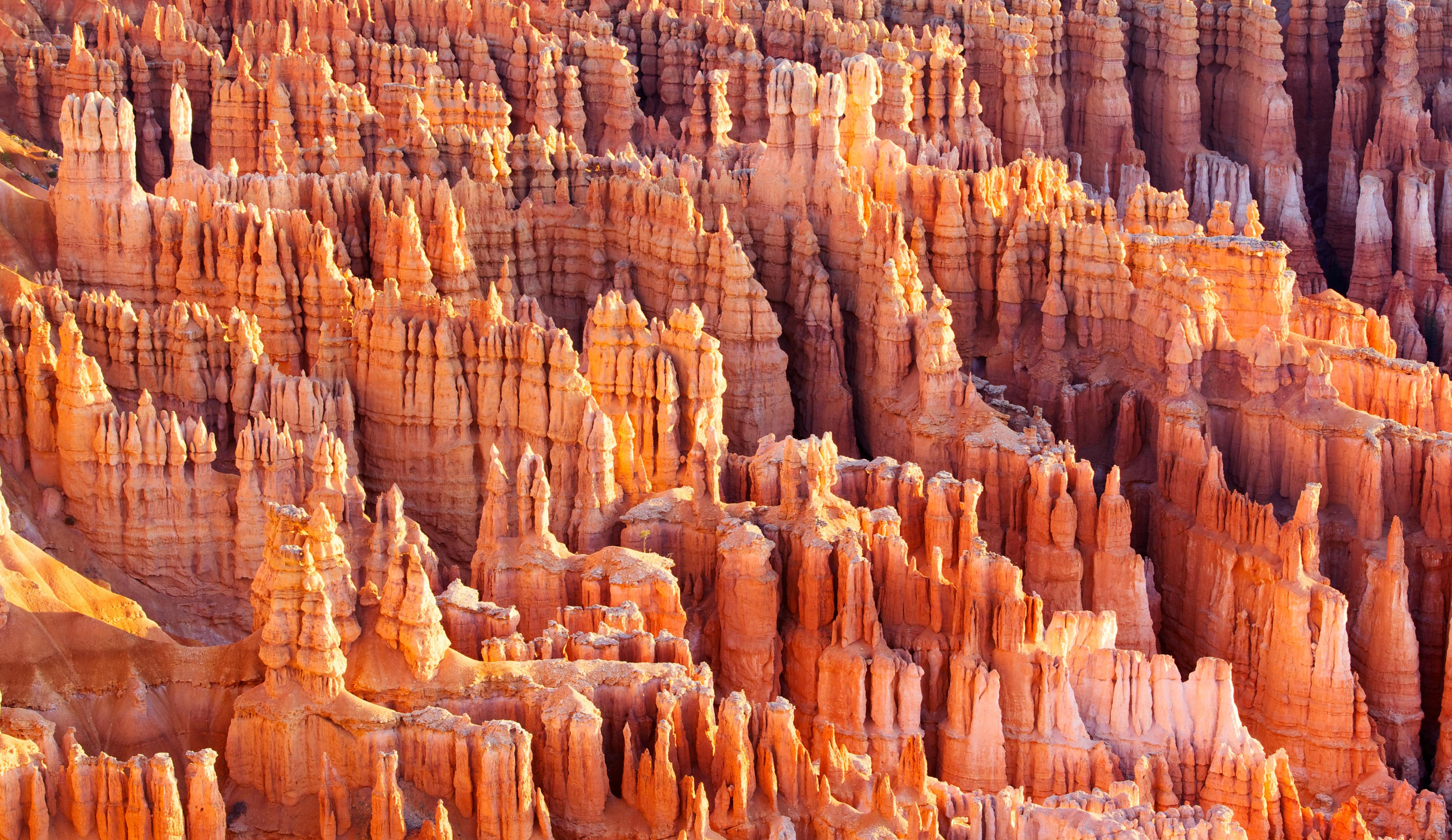
Bryce Canyon National Park in Utah, USA, is home to a mesmerizing collection of rock spires known as hoodoos. These towering formations, sculpted by the relentless forces of erosion, stand like sentinels in a vibrant amphitheater of red, orange, and white rock. Hoodoos are formed through a process called frost wedging, where water seeps into cracks, freezes, and expands, gradually breaking the rock apart. Over time, this process creates the narrow spires that reach skyward, each with its own unique shape and character. The Paiute people, who have inhabited the region for centuries, have their own legends about the hoodoos, believing them to be ancient people turned to stone by the trickster god Coyote. As you wander through Bryce Canyon, the hoodoos evoke a sense of wonder and mystery, inviting you to ponder the ancient forces that shaped them and the stories they silently tell.
2. The Surreal Wave of Arizona
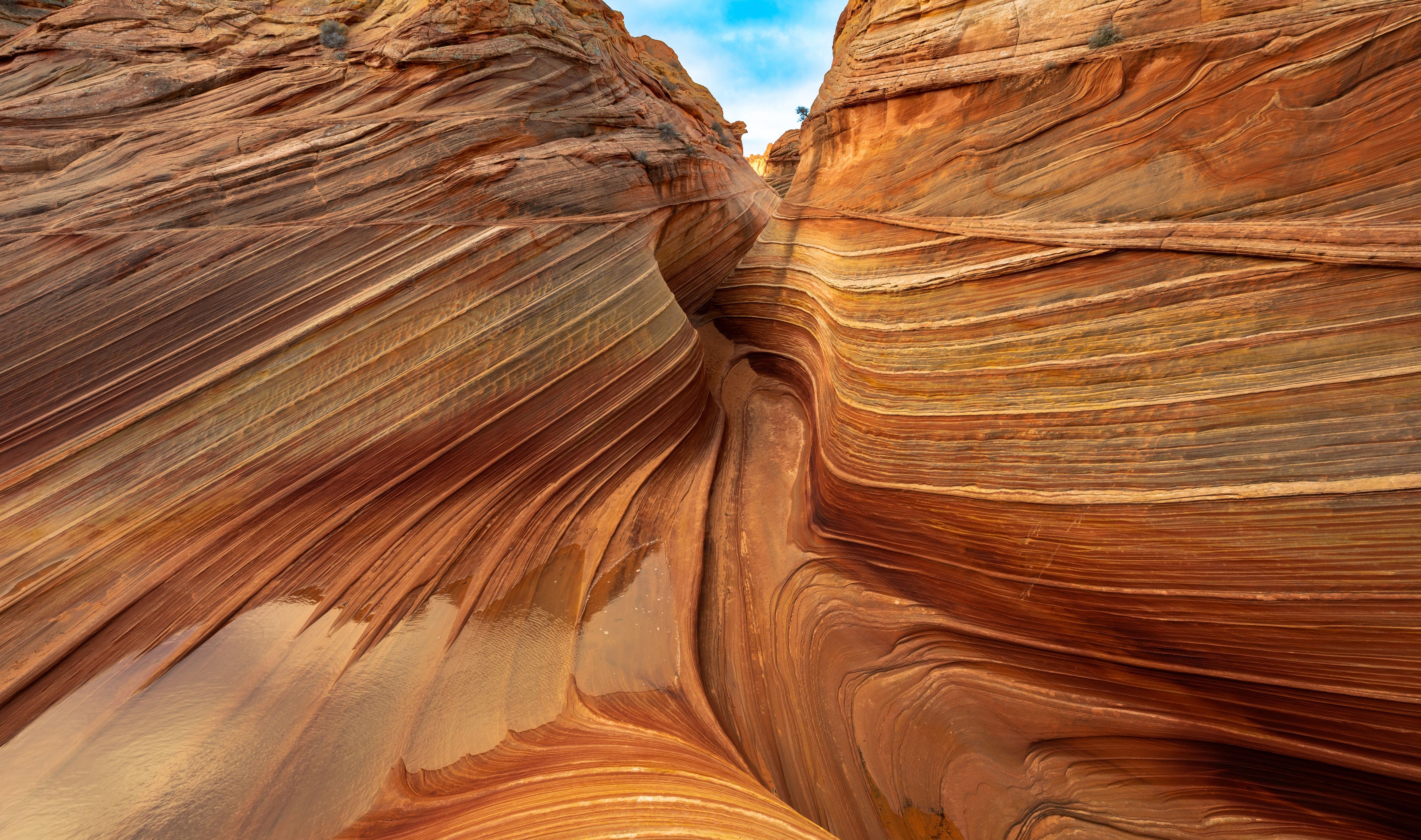
Hidden within the Coyote Buttes North area of the Paria Canyon-Vermilion Cliffs Wilderness lies a geological marvel known as The Wave. This undulating sandstone formation, with its graceful curves and vibrant hues, resembles a frozen ocean wave. The Wave's striking appearance is the result of millions of years of wind and water erosion acting upon Navajo Sandstone, a rock formation that dates back to the Jurassic period. The delicate nature of The Wave means that access is limited to a small number of visitors each day, preserving its pristine beauty. Photographers and adventurers from around the world are drawn to The Wave, eager to capture its surreal beauty and experience the sense of stepping into another world. The Wave is a testament to the power of nature's artistry, a place where time and elements have conspired to create a landscape that defies imagination.
3. The Majestic Giants of Zhangjiajie

In the Hunan Province of China, the Zhangjiajie National Forest Park is renowned for its towering sandstone pillars that rise majestically from the lush forest floor. These karst formations, some reaching over 1,000 meters in height, are the result of millions of years of geological activity, including tectonic uplift and erosion. The unique climate of the region, with frequent mists and fogs, adds an ethereal quality to the landscape, shrouding the pillars in mystery and creating an otherworldly atmosphere. These formations served as inspiration for the floating Hallelujah Mountains in James Cameron's film "Avatar," further cementing their status as a symbol of natural wonder. Visitors to Zhangjiajie can explore the park's extensive network of trails and glass-bottomed bridges, offering breathtaking views of this ancient and awe-inspiring landscape.
4. The Breathtaking Beauty of Cappadocia
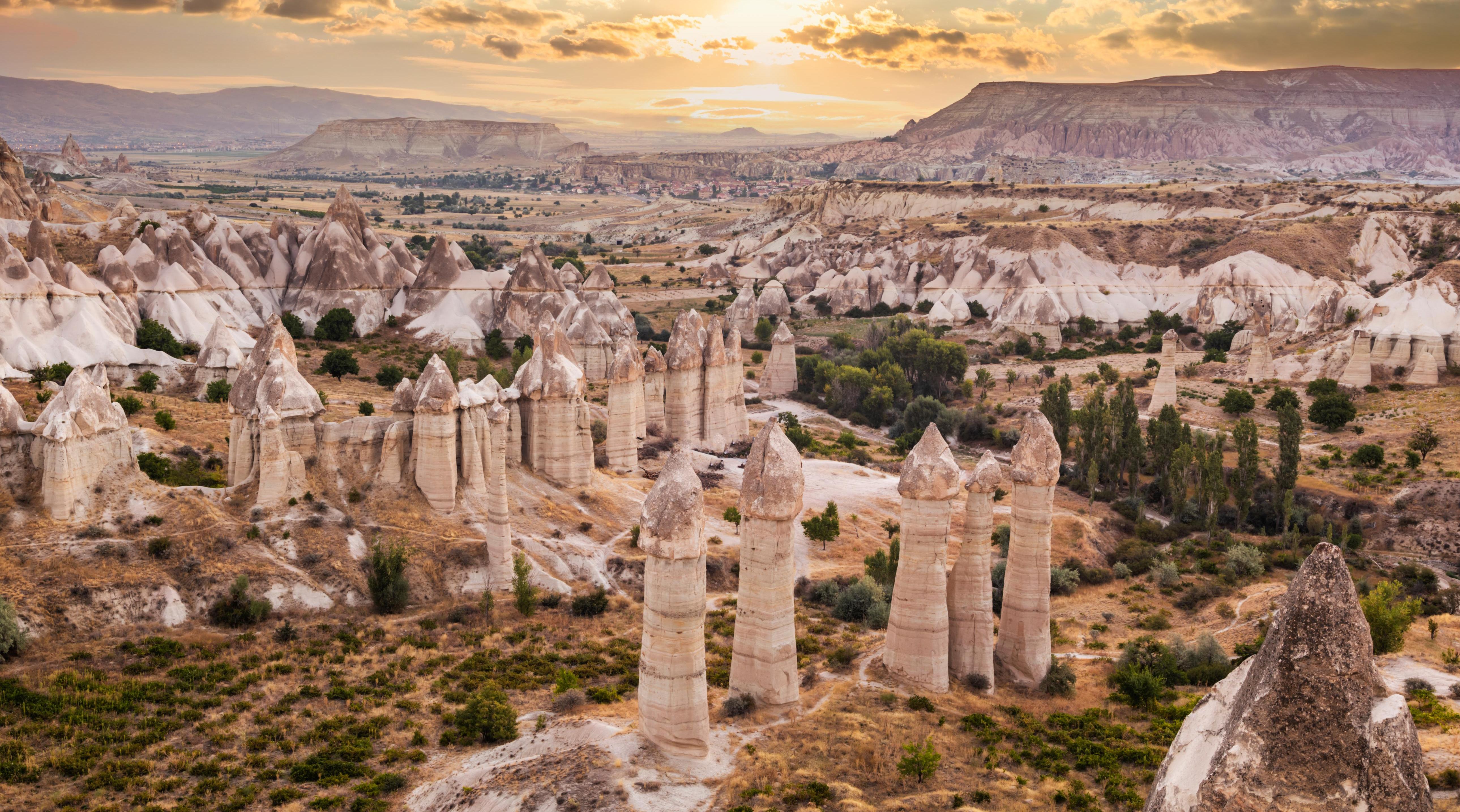
Cappadocia, located in central Turkey, is a region renowned for its unique rock formations and fairy-tale landscapes. The area's soft volcanic rock, known as tuff, has been sculpted by wind and water over millennia, creating a surreal landscape of conical "fairy chimneys," caves, and valleys. The region's geological history is intertwined with its cultural heritage, as ancient civilizations carved homes, churches, and entire underground cities into the soft rock. Hot air balloon rides over Cappadocia offer a bird's-eye view of this enchanting landscape, where the play of light and shadow creates a mesmerizing tapestry of colors and shapes. Cappadocia's rock formations are a testament to the harmonious relationship between nature and human ingenuity, where the forces of erosion and the creativity of ancient peoples have combined to create a landscape that is both breathtaking and historically significant.
5. The Mystical Giants Causeway
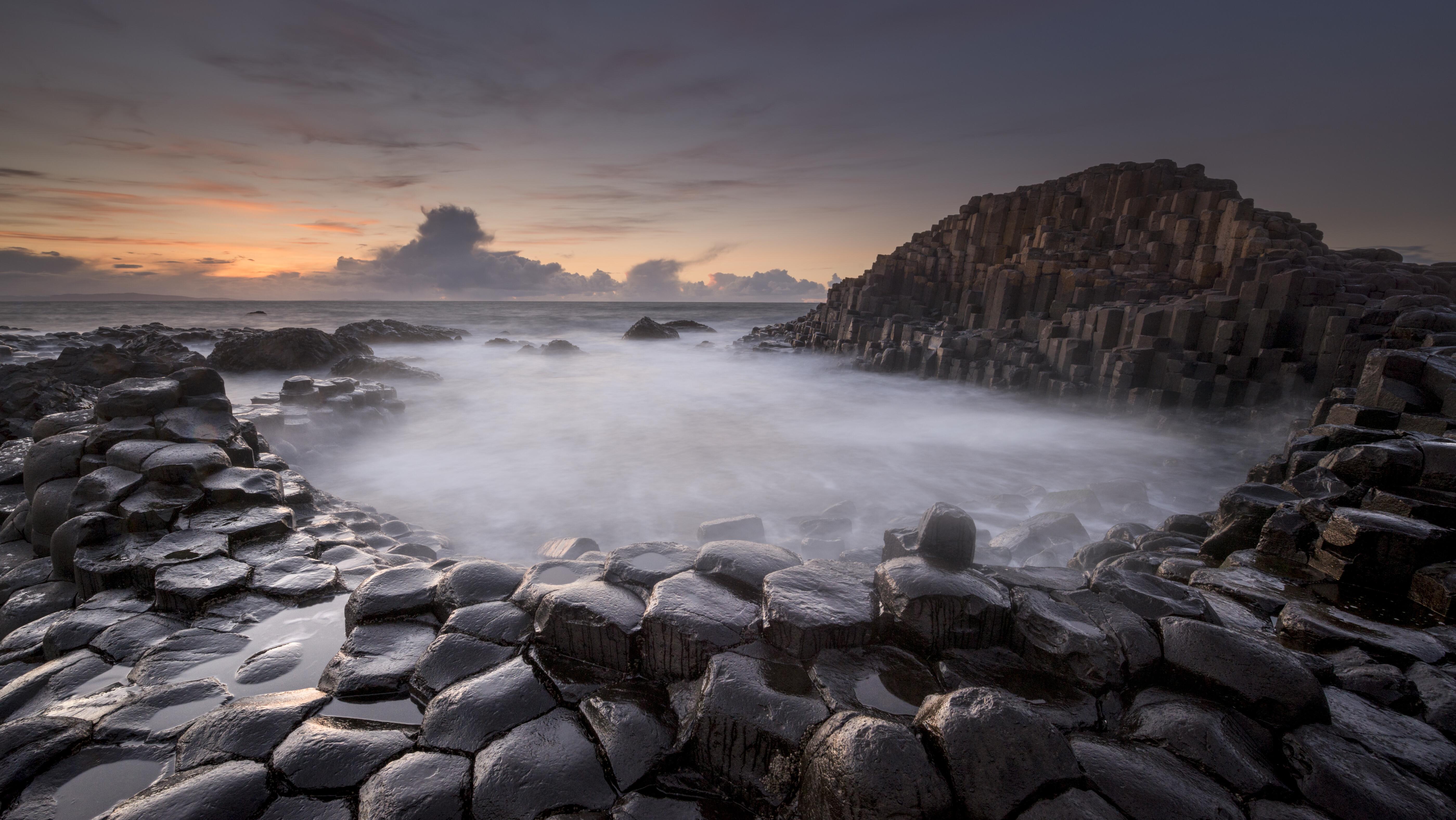
The Giant's Causeway, located on the northeast coast of Northern Ireland, is a geological wonder that has inspired myths and legends for centuries. This UNESCO World Heritage Site is characterized by its distinctive hexagonal basalt columns, formed by volcanic activity around 60 million years ago. According to Irish legend, the causeway was built by the giant Finn McCool as a pathway to Scotland to challenge a rival giant. In reality, the columns were created as lava cooled and contracted, forming the distinctive geometric shapes that we see today. The Giant's Causeway is not only a testament to the power of volcanic forces but also a place where geology and mythology intersect, captivating the imagination of all who visit.
6. The Alien Landscapes of the Bisti/De-Na-Zin Wilderness
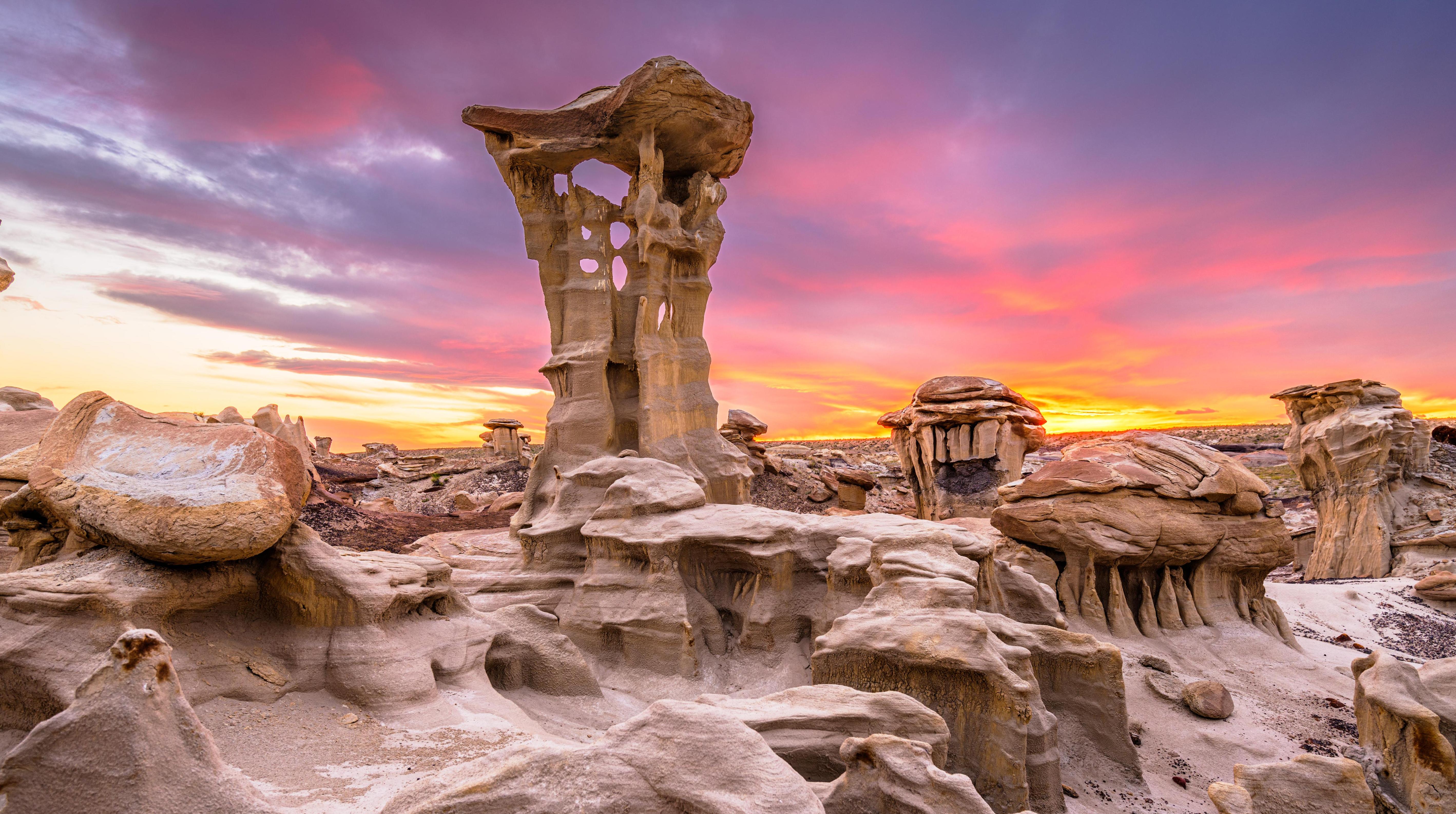
In the remote deserts of northwestern New Mexico lies the Bisti/De-Na-Zin Wilderness, a landscape that seems more suited to a science fiction film than Earth. This area is home to a collection of bizarre rock formations, including hoodoos, balanced rocks, and petrified wood. The unique landscape is the result of millions of years of sedimentary deposition and erosion, creating a surreal tapestry of colors and shapes. The name "Bisti" means "badlands" in the Navajo language, reflecting the harsh and rugged nature of the terrain. Despite its remote location, the Bisti/De-Na-Zin Wilderness attracts photographers and adventurers seeking to explore its otherworldly beauty and experience the sense of stepping into another realm.
7. The Sculpted Landscape of the Pinnacles Desert

In Western Australia's Nambung National Park, the Pinnacles Desert is a striking landscape of limestone pillars rising from a sea of golden sand. These formations, some standing over five meters tall, were formed from seashells that accumulated on an ancient seabed, later exposed to the forces of wind and rain. The Pinnacles are a testament to the power of natural erosion, with their sculpted forms creating a landscape that is both eerie and beautiful. The desert is particularly stunning at sunrise and sunset, when the play of light and shadow transforms the landscape into a mesmerizing display of colors and shapes. The Pinnacles Desert is a place where the forces of nature have crafted a landscape that is both alien and awe-inspiring, inviting visitors to explore its unique beauty.
8. The Towering Tufa of Mono Lake

Mono Lake, located in eastern California, is a saline soda lake renowned for its striking tufa towers. These calcium-carbonate formations are created when freshwater springs interact with the alkaline waters of the lake, precipitating minerals that form the towers. Mono Lake's unique ecosystem supports a diverse array of wildlife, including migratory birds that rely on the lake's brine shrimp and alkali flies for sustenance. The tufa towers, some reaching heights of over 30 feet, create a surreal and enchanting landscape, particularly when reflected in the lake's calm waters. Mono Lake is a testament to the delicate balance of natural processes, where the forces of geology and biology have combined to create a landscape that is both beautiful and ecologically significant.
9. The Mysterious Moeraki Boulders

The Moeraki Boulders, located on Koekohe Beach in New Zealand, are a geological curiosity that has fascinated visitors for centuries. These large, spherical boulders, some measuring over two meters in diameter, are formed from calcite concretions that have been exposed by coastal erosion. The boulders' smooth, round shapes and unique patterns have inspired Maori legends, which describe them as the remains of eel baskets, gourds, and kumara washed ashore from the wreck of a legendary canoe. The Moeraki Boulders are a testament to the power of natural processes, where the forces of erosion and mineralization have combined to create a landscape that is both mysterious and beautiful.
10. The Spectacular Stone Forest of Madagascar
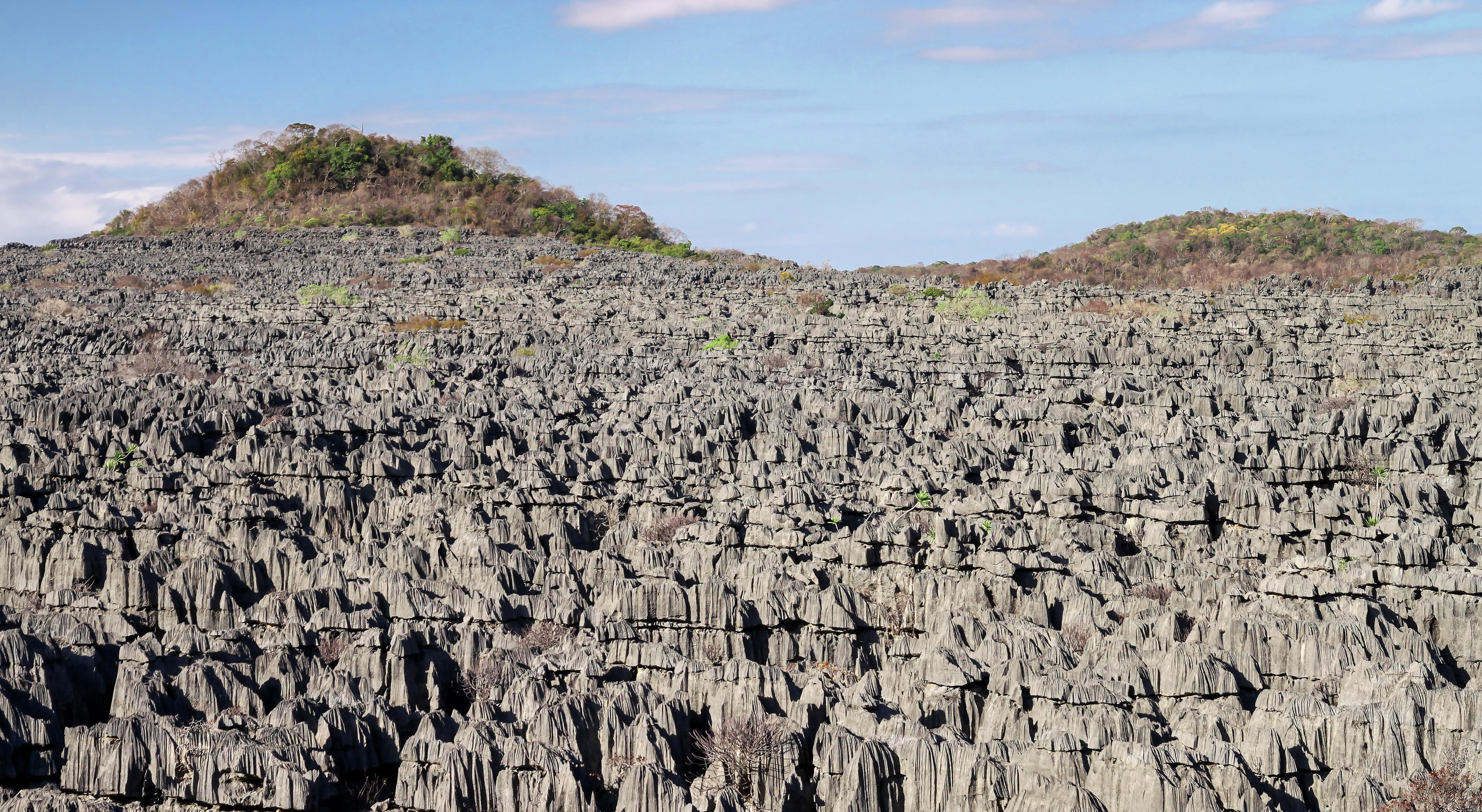
Madagascar's Tsingy de Bemaraha National Park is home to one of the most unique landscapes on Earth: the Stone Forest. This UNESCO World Heritage Site is characterized by its labyrinthine network of razor-sharp limestone pinnacles, known as tsingy. These formations were created by the erosion of limestone over millions of years, resulting in a landscape that is both dramatic and dangerous. The tsingy are home to a variety of endemic species, including lemurs and rare birds, making the park a biodiversity hotspot. The Stone Forest is a place where the forces of nature have crafted a landscape that is both breathtaking and treacherous, inviting adventurers to explore its hidden wonders.
11. The Ancient Wonders of Petra
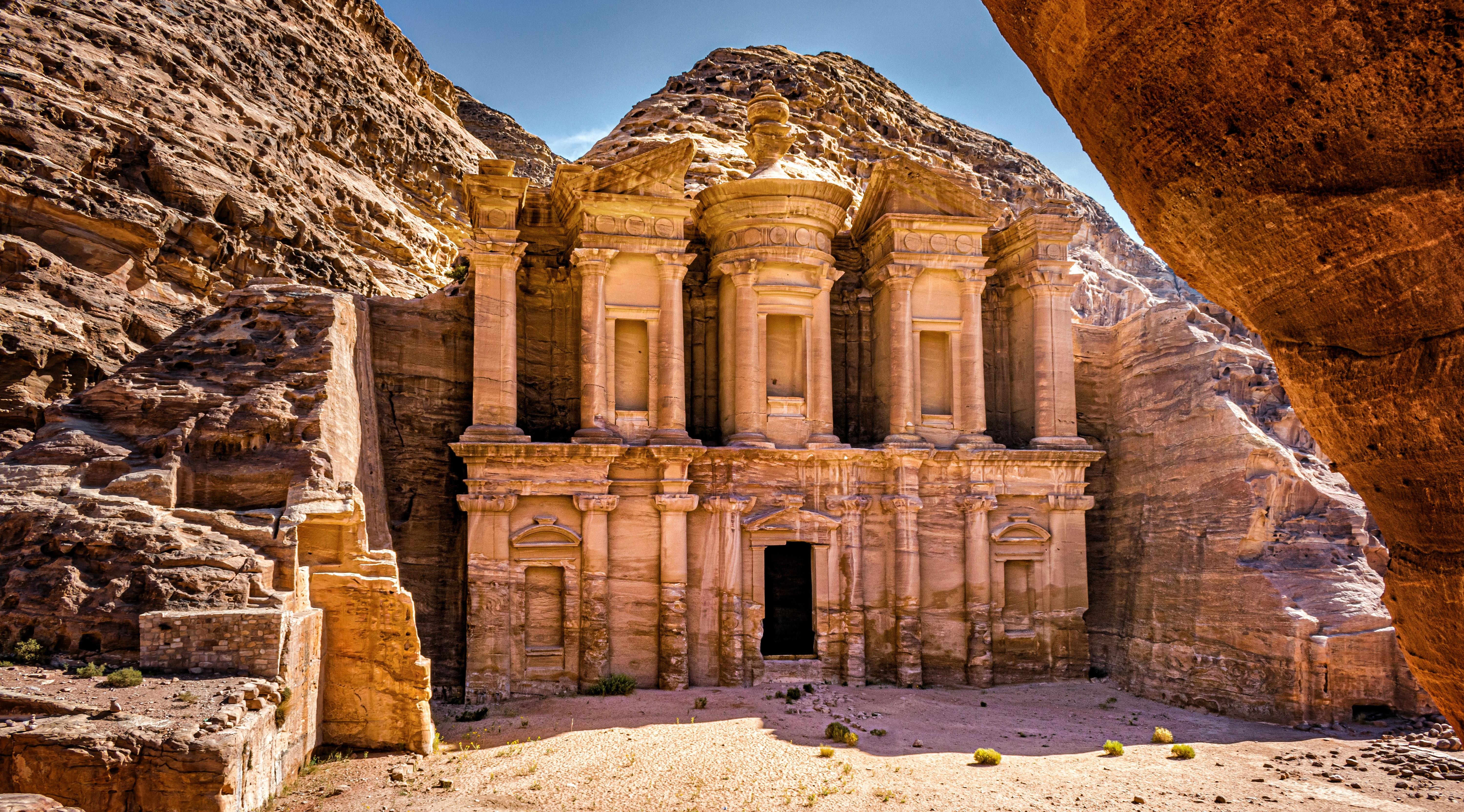
Petra, the ancient city carved into the rose-red cliffs of southern Jordan, is a testament to the ingenuity and artistry of the Nabataean civilization. This UNESCO World Heritage Site is renowned for its rock-cut architecture, including the iconic Treasury and Monastery, which were carved directly into the sandstone cliffs. The unique geological formations of Petra, with their vibrant colors and intricate patterns, create a landscape that is both beautiful and historically significant. The city's strategic location along ancient trade routes allowed the Nabataeans to amass great wealth, which they used to create a city that continues to captivate visitors with its architectural and natural beauty. Petra is a place where history and geology intersect, offering a glimpse into the past and the enduring power of human creativity.
12. Valle de la Luna, Chile
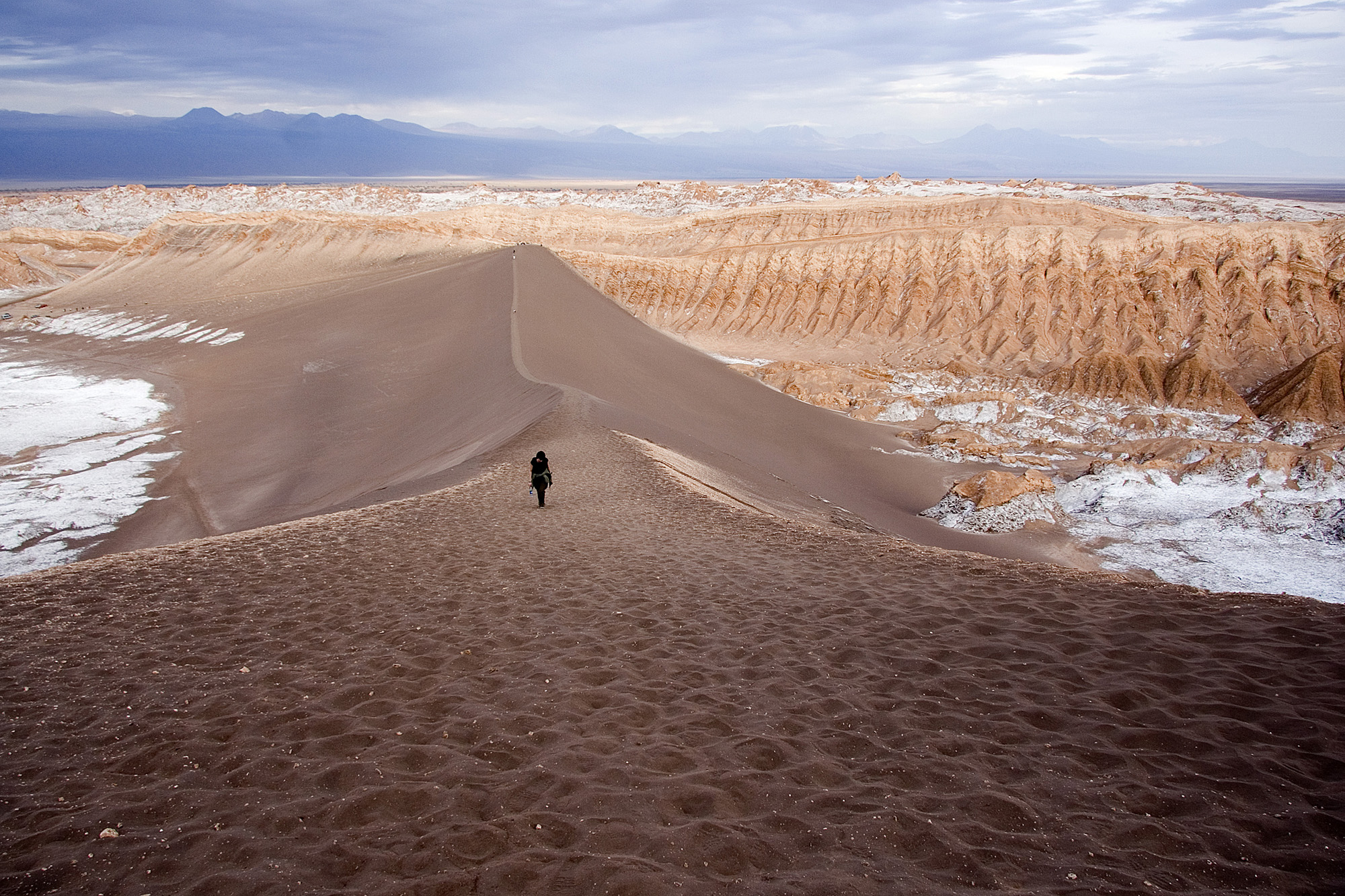
Tucked inside Chile’s Atacama Desert, Valle de la Luna (Valley of the Moon) earns its name with good reason. This lunar-like landscape—etched with jagged salt ridges, sand dunes, and wind-sculpted stone—glows pink and orange at dusk, mimicking a Martian sunset. Devoid of vegetation and water, the valley is eerily silent, creating an atmosphere that feels utterly extraterrestrial. Centuries of erosion from wind and occasional flash floods have shaped the region into twisted formations and natural amphitheaters. It’s a surreal, humbling place—proof that Earth's imagination can rival that of any science fiction director.
13. Goblin Valley State Park, Utah, USA
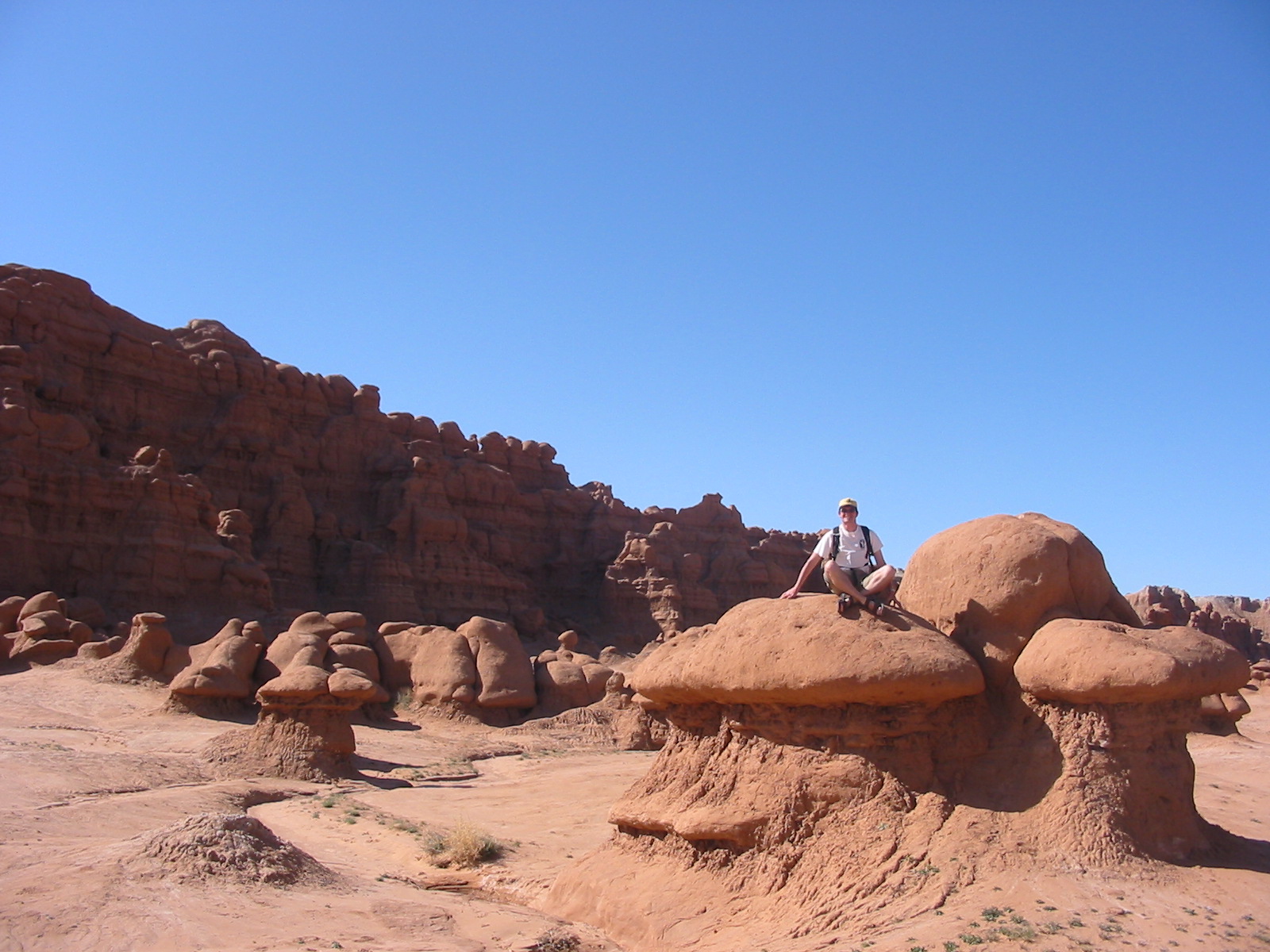
Imagine a valley dotted with thousands of rock “goblins”—mushroom-shaped sandstone figures that look like they’re frozen mid-dance. Welcome to Goblin Valley, a bizarre geological playground tucked away in Utah. The formations were created by the gradual erosion of Entrada sandstone, leaving behind short, bulbous shapes that seem to smirk at passersby. The area feels animated, almost sentient, as if Pixar had a go at designing a desert. Though lesser known than Utah’s national parks, Goblin Valley is no less surreal—offering a fantasy landscape where imagination runs wild and reality quietly takes a back seat.
14. Yehliu Geopark, Taiwan

Taiwan’s Yehliu Geopark is home to a collection of astonishing rock formations that look like alien sculptures. Formed by sea erosion, weathering, and tectonic activity, the park features sandstone structures shaped like mushrooms, candles, and even a "Queen's Head." The bizarre, delicate shapes stretch along a dramatic cape jutting into the Pacific, surrounded by crashing waves. Each rock seems sculpted by invisible hands, and the otherworldly vibe is only enhanced by the ocean spray and coastal wind. Yehliu feels more like an open-air art installation on a distant planet than a traditional geological site.
15. Wulingyuan Scenic Area, China
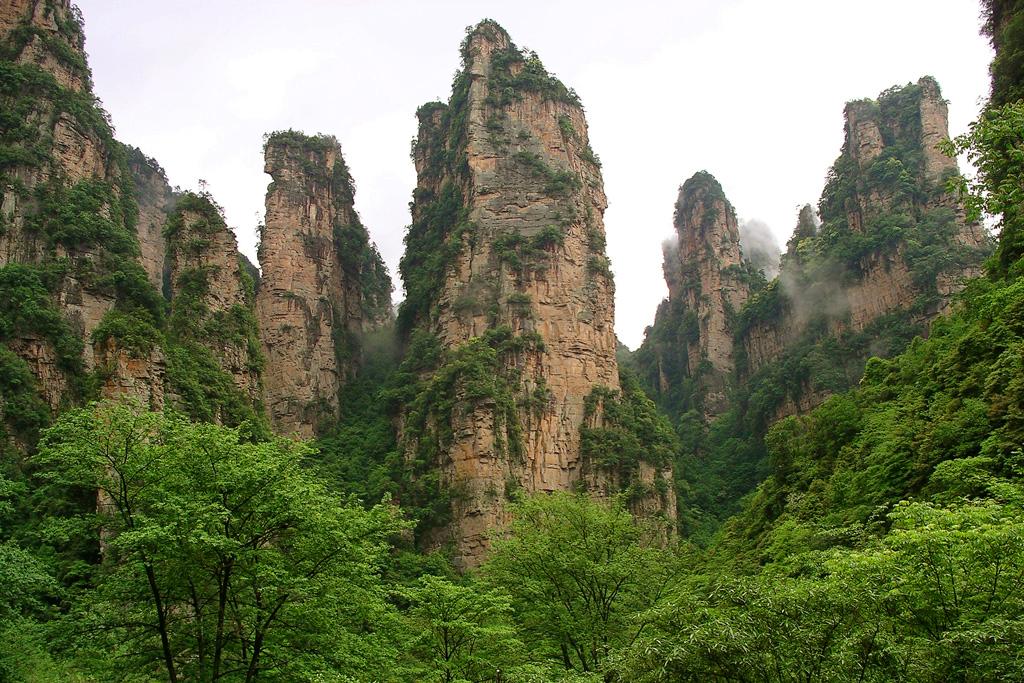
Wulingyuan in Hunan Province is a UNESCO-listed wonderland of over 3,000 quartzite sandstone pillars that soar like natural skyscrapers. These mist-draped spires—some more than 600 feet tall—pierce the forest canopy, creating a vertical world that feels both primal and futuristic. Their haunting beauty inspired the floating mountains in “Avatar,” and the real-life location feels no less fantastical. Covered in lush vegetation and teeming with wildlife, Wulingyuan is as much a spiritual landscape as a geological marvel. It’s a place where time stretches and nature’s vertical ambition reaches sublime heights.
16. Valley of the Moon, Argentina
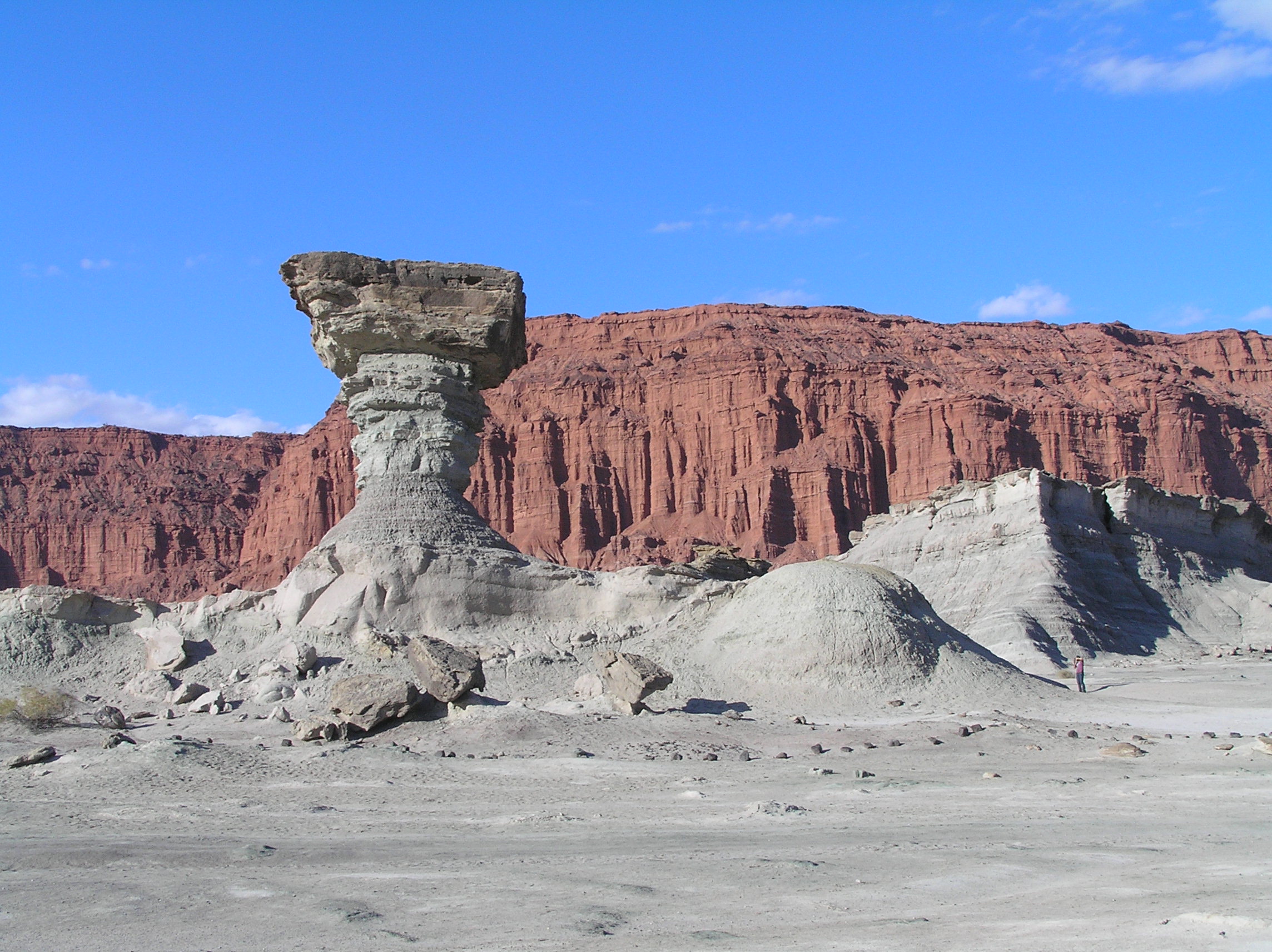
Ischigualasto Provincial Park—better known as Argentina’s Valley of the Moon—is a stark, color-drained desert that looks like it belongs to another star system. The terrain is sculpted into strange mesas, spherical boulders, and alien-like ridges. Dinosaur fossils lie embedded in its rock layers, adding prehistoric mystique to the ghostly landscape. The arid conditions and sculptural erosion patterns make it one of the most geologically diverse places on Earth. Walking through it feels like drifting across an interstellar badland—silent, surreal, and steeped in stories older than humanity itself.
17. Bungle Bungle Range, Australia
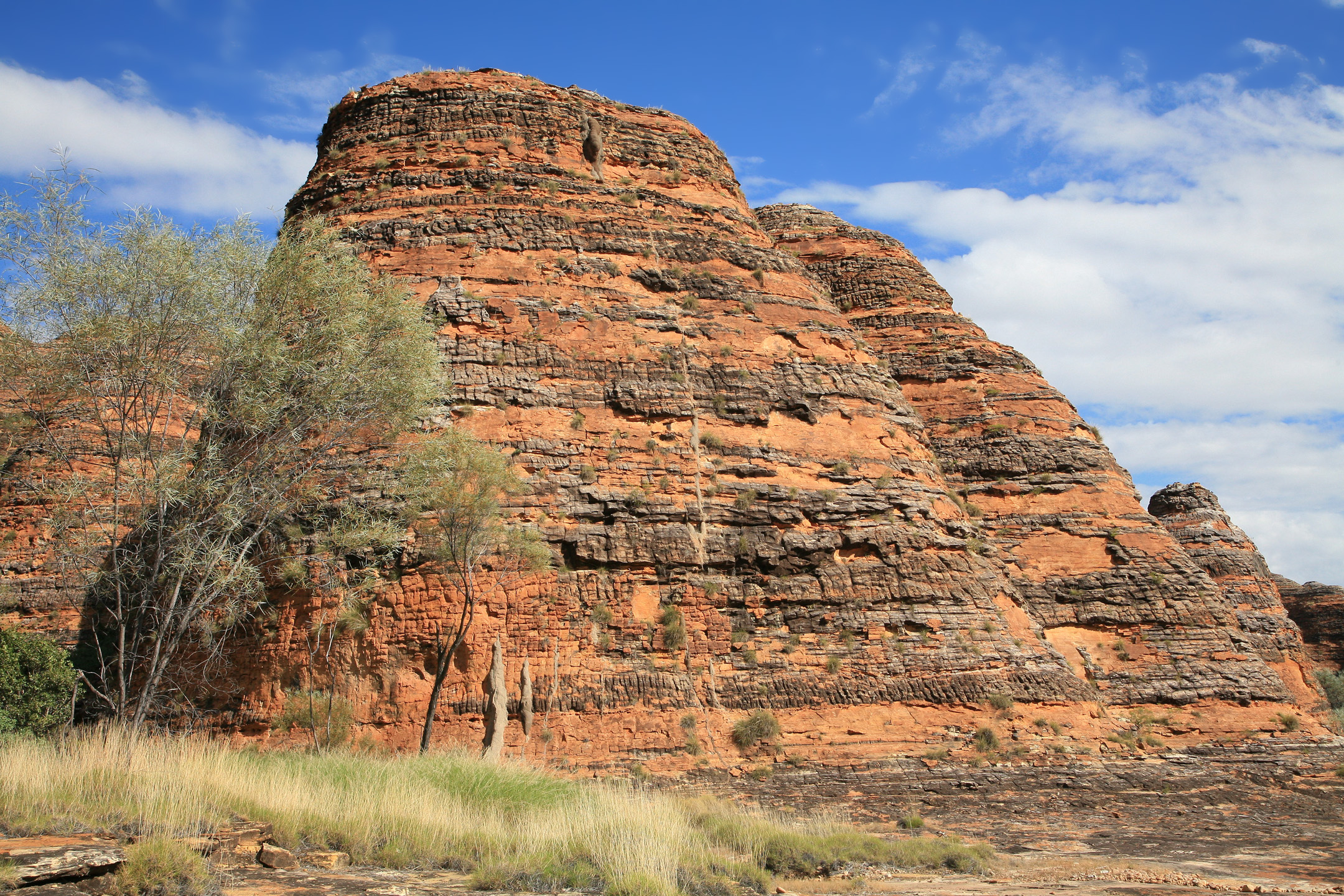
The Bungle Bungles in Purnululu National Park look like beehives built by giants. These striped sandstone domes—rising hundreds of feet from the outback floor—are layered in orange and black bands caused by differences in moisture retention. Formed over 350 million years, the range remained a secret to the outside world until the 1980s. Today, it draws adventurers seeking a deeper connection to Earth’s sculptural might. From above, it resembles a fantasy landscape; from within, a labyrinth of narrow gorges and chasms swallows visitors in silence. It’s Australia’s best-kept alien secret.
18. White Desert (Sahara el Beyda), Egypt

The White Desert of Egypt is a windswept realm of chalk rock formations that glow under moonlight and gleam blinding white under the sun. Shaped by millennia of sandstorms, these ghostly sculptures resemble mushrooms, icebergs, and mythical creatures scattered across a powdery floor. Located in the Farafra depression, it offers a stunning contrast to the golden dunes of the greater Sahara. At night, under starlit skies, the terrain takes on an eerie, lunar glow—making it one of the most surreal landscapes on Earth. Camping here feels like sleeping on the edge of another world.
19. Toadstool Hoodoos, Nebraska, USA
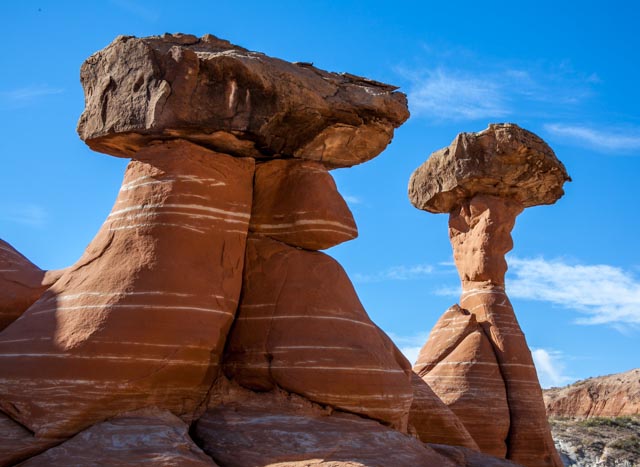
In the Badlands of Nebraska, a collection of rock formations known as the Toadstool Hoodoos seem like nature’s parody of gravity. Thin, eroded columns support large slabs of rock like giant fungi sprouting from the earth. Their lopsided elegance was formed over 30 million years through layers of clay, sandstone, and volcanic ash. This alien-like terrain is quietly dramatic—less crowded than its Utah cousins but no less enchanting. The silence is thick, the horizon long, and the sense of wonder immediate. It’s a forgotten corner of Earth that feels like the backdrop to a science fiction epic.
20. Ennedi Plateau, Chad
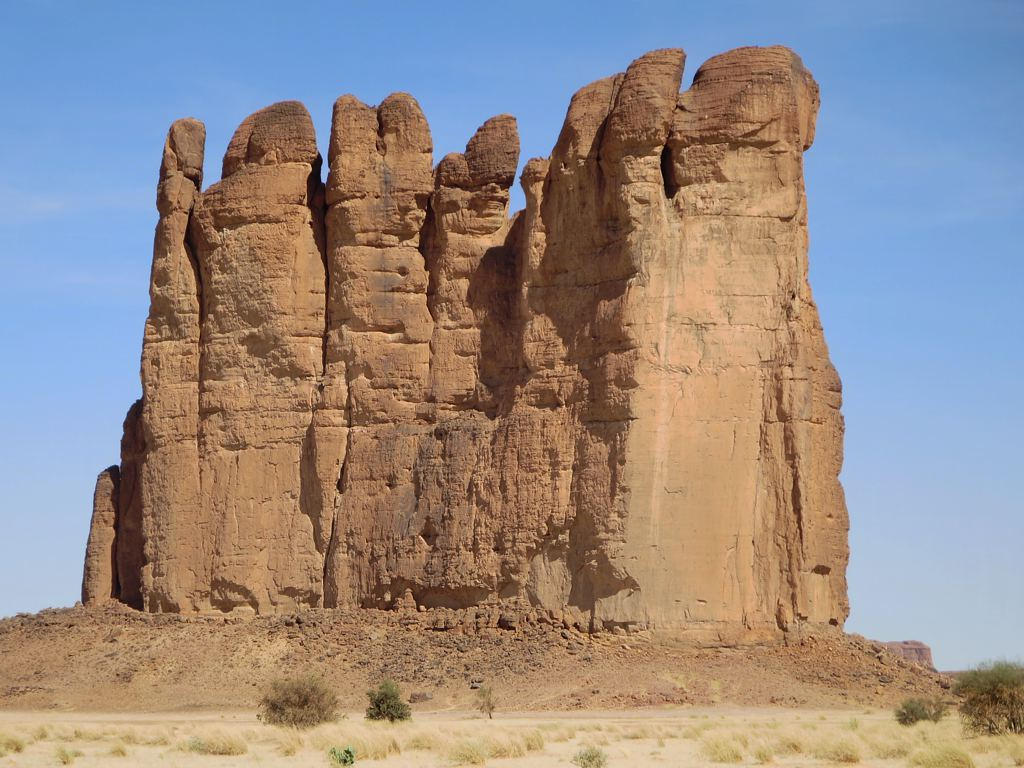
Hidden deep in the Sahara, Chad’s Ennedi Plateau is a gallery of natural rock arches, towers, and labyrinthine canyons carved by wind and water over millennia. It’s a landscape that feels untouched by time—remote, reverent, and wildly imaginative. The sandstone formations resemble petrified waves and wind-swept sculptures, many of which are adorned with ancient rock art. Guelta d'Archei, a remote oasis here, is famously home to a population of desert-adapted crocodiles. It’s a region so surreal and sacred it borders on mythical, blurring the line between nature’s architecture and a forgotten civilization.
21. Shilin Stone Forest, China
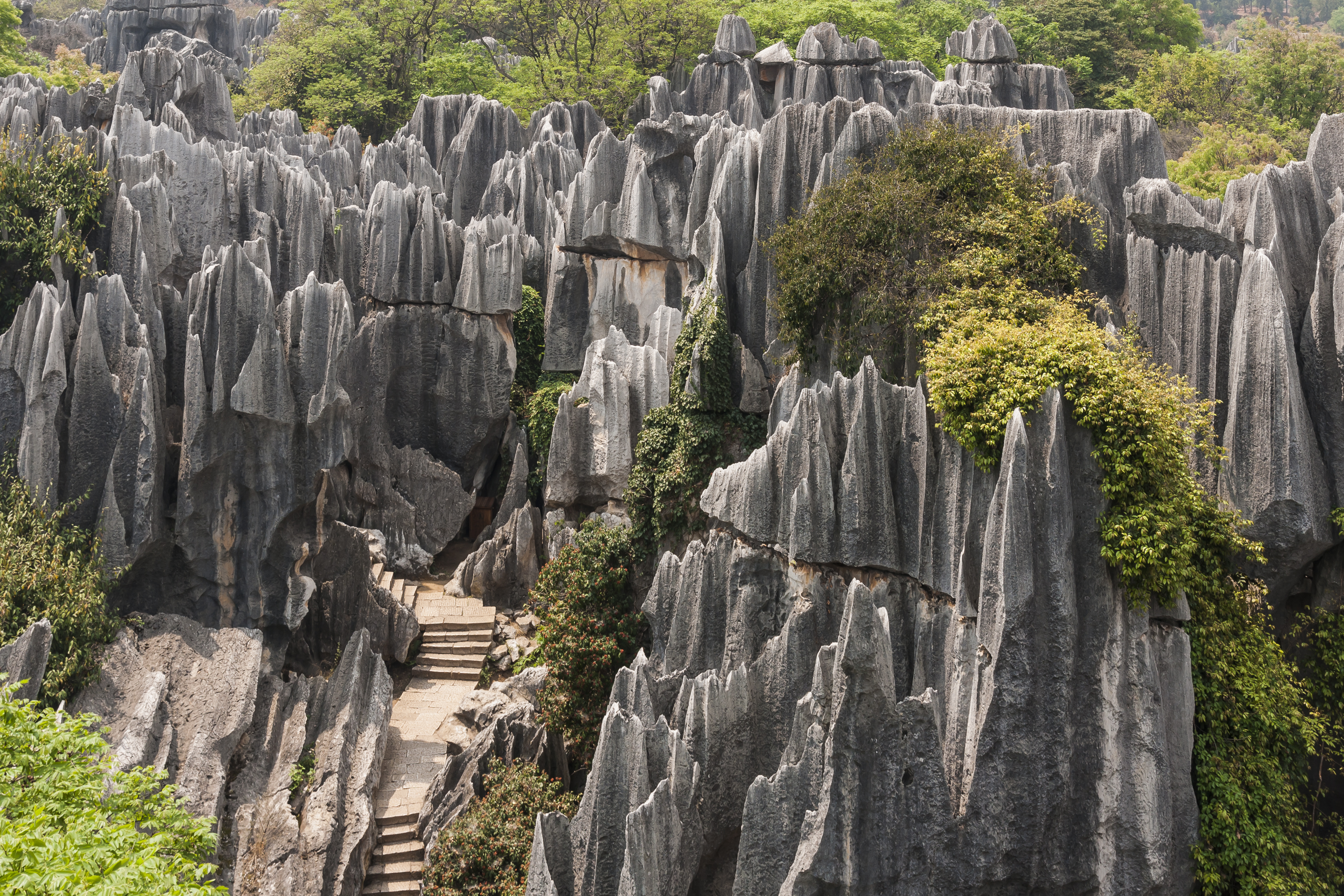
The Shilin Stone Forest in Yunnan Province is a sprawling maze of limestone towers that jut from the earth like petrified trees. Formed over 270 million years by seismic shifts and erosion, the jagged spires stretch skyward in dense clusters. Locals say it's where immortals dance, and it’s easy to believe. Wandering through the forest is disorienting and exhilarating—each turn reveals new formations resembling animals, people, or surreal sculptures. Designated a UNESCO World Heritage Site, the Stone Forest is not just a natural wonder—it’s a landscape that turns myth into matter and geology into poetry.
When Earth dreams, it dreams in stone—and these formations are the evidence. From wind-sculpted arches to gravity-defying spires, each site on this list feels like a portal to another planet. They remind us that you don’t need a telescope to witness the extraordinary—just a sense of curiosity and a willingness to wander. These natural rock wonders aren’t just destinations; they’re invitations to marvel, to question, to feel small in the best possible way. Whether you're chasing the surreal silence of a desert or the vertigo of ancient cliffs, these places challenge what we think Earth should look like. We've expanded the list to 21 Natural Rock Formations That Look Like They Belong on Another Planet for a reason: the world is far stranger—and more beautiful—than most maps let on. So go. Stand in the shadow of something timeless. And let the planet show you what it’s capable of, when left to its own imagination.





